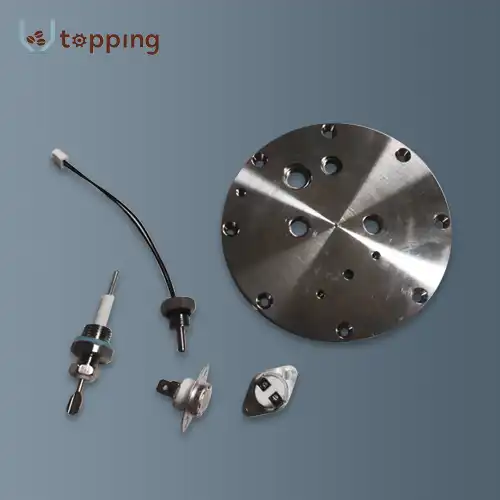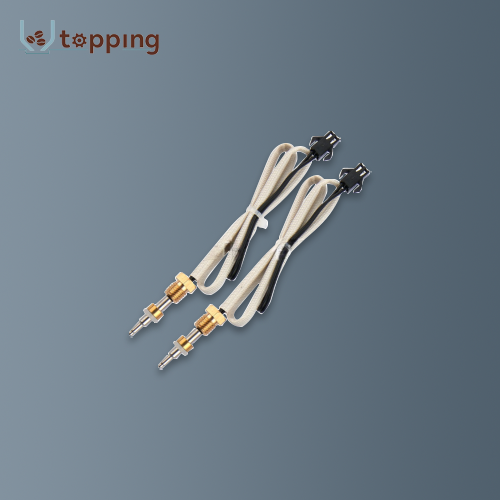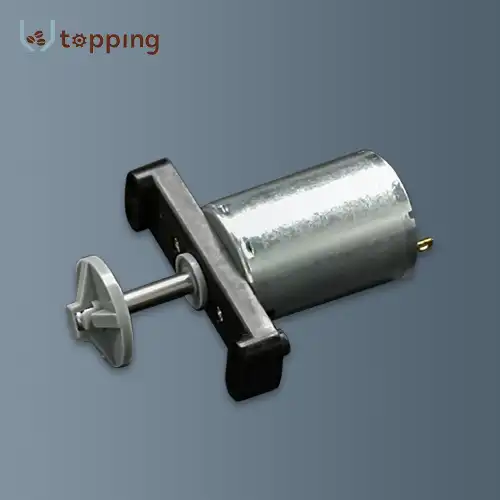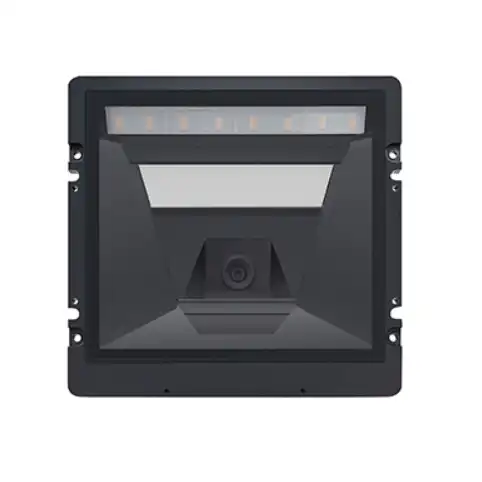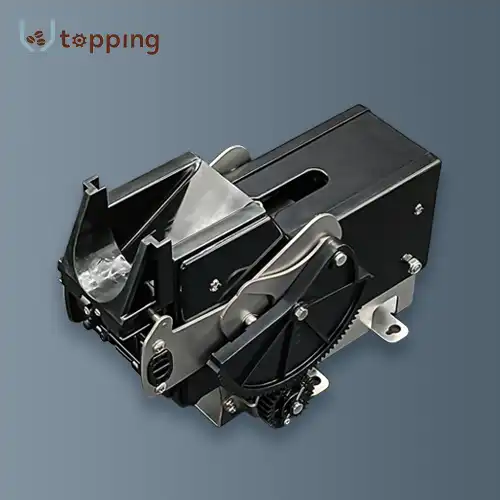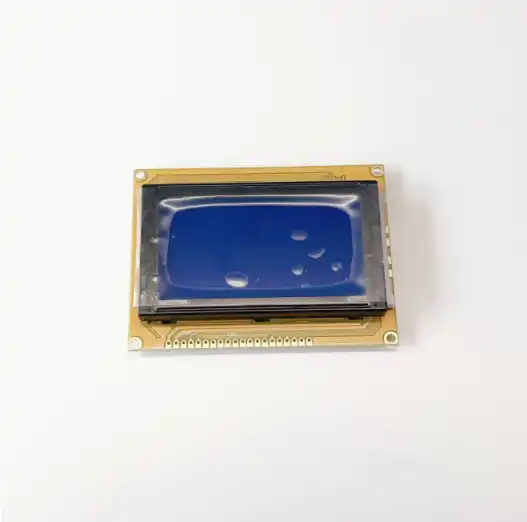What is the replacement cycle of the Coffee Machine O Rings?
2024-10-18 10:03:51
Coffee Machine O Rings have become an essential appliance in many households and businesses, providing a convenient way to brew delicious coffee. Central to these machines are various components that work together to create the perfect cup. One crucial yet often overlooked component is the O-ring. These small, circular seals are vital for the machine's proper functioning.
O-rings create watertight seals between different parts, preventing leaks and maintaining necessary pressure. Over time, O-rings can wear out, degrade, or become damaged, leading to potential leaks, reduced performance, or even complete machine failure. Regular replacement of O-rings is crucial for maintaining performance and extending the life of your coffee machine.
The Role And Importance Of Orings
Coffee Machine O Rings serve several critical functions. Primarily, they act as seals between different components, preventing water and steam from escaping where they shouldn't. This sealing function is crucial in maintaining the pressure necessary for proper extraction of coffee flavors and aromas. O-rings are typically found in various locations within a coffee machine, including the brew group, water tank connections, steam wands, and pump fittings.
In espresso machines, O-rings play an especially important role in the portafilter and group head assembly. They ensure a tight seal when the portafilter is locked into place, allowing for the high pressure needed to create espresso. Without properly functioning O-rings, water could leak around the edges of the portafilter, resulting in weak espresso and potential mess.
Regular replacement of O-rings is crucial for several reasons. Firstly, it ensures that the coffee machine continues to operate at peak efficiency, producing high-quality coffee consistently. Secondly, it prevents leaks that could lead to water damage or electrical hazards. Lastly, timely replacement of O-rings can prevent more serious issues that might require expensive repairs or even replacement of the entire machine.
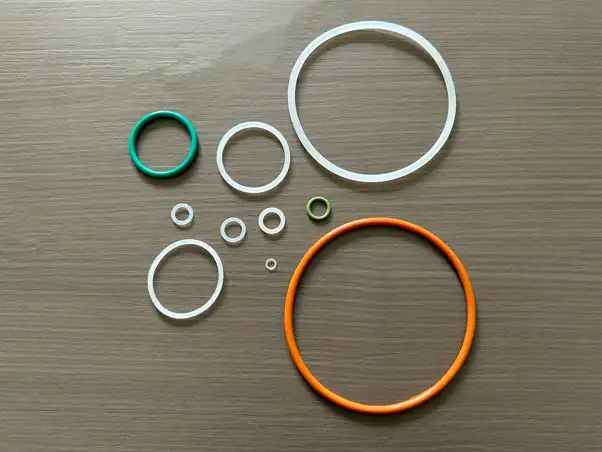
Oring Replacement Cycle
The replacement cycle for Coffee Machine O Rings can vary depending on several factors, including the frequency of use, the type of coffee being brewed, water quality, and the overall maintenance of the machine. However, there are some general guidelines that can help coffee machine owners determine when it's time to replace their O-rings.
For home coffee machines that are used daily, it's generally recommended to replace O-rings every 6 to 12 months. This frequency ensures that the O-rings are replaced before they have a chance to degrade significantly and cause issues. For commercial machines or those used multiple times daily, more frequent replacements may be necessary, possibly every 3 to 6 months.
It's important to note that these are general recommendations, and actual replacement needs can vary. Some signs that O-rings may need replacement sooner include visible wear or damage, persistent leaks, or a decrease in machine performance. Additionally, if you notice changes in the taste or quality of your coffee, it could be a sign that the O-rings are no longer creating a proper seal, affecting the extraction process.
For those who use their Coffee Machine O Rings less frequently, such as a few times a week, the replacement cycle might be extended to 12 to 18 months. However, it's still important to inspect the O-rings regularly for signs of wear or damage, as even unused O-rings can degrade over time due to environmental factors like heat and humidity.
Steps To Replace Orings
Replacing O-rings in a coffee machine is a task that many coffee enthusiasts can perform at home with the right tools and a bit of patience. Here's a general guide to the process:
- Preparation: First, unplug the machine and allow it to cool completely. Gather your tools, which typically include a screwdriver, pliers, and the replacement O-rings.
- Disassembly: Carefully disassemble the parts of the coffee machine where the O-rings need to be replaced. This often involves removing the group head or portafilter assembly. Refer to your machine's manual for specific instructions, as the process can vary between models.
- Removal of old O-rings: Once you've accessed the O-rings, carefully remove them using a small flathead screwdriver or a specialized O-ring removal tool. Be cautious not to damage the surrounding components.
- Cleaning: Clean the areas where the O-rings sit using a soft cloth and warm water. Ensure all old residue is removed to provide a clean surface for the new O-rings.
- Installation of new O-rings: Carefully place the new O-rings into position. Make sure they're seated correctly and not twisted. You may need to stretch them slightly to fit, but be careful not to overstretch.
- Reassembly: Once the new O-rings are in place, reassemble the machine, ensuring all parts are correctly aligned and securely fastened.
- Testing: After reassembly, run the machine without coffee to check for any leaks. If everything looks good, your machine is ready to brew again.
Precautions
When replacing Coffee Machine O Rings, there are several important precautions to keep in mind:
- Use the correct size and material: Ensure you're using O-rings that are the correct size and made from appropriate materials for use in coffee machines. Using the wrong size or material can lead to leaks or contamination of your coffee.
- Handle with care: O-rings are delicate and can be easily damaged. Handle them gently and avoid using sharp tools that could nick or cut them.
- Proper lubrication: Some O-rings may require food-grade lubricant to ensure proper sealing and smooth operation. Check your machine's manual or consult with the manufacturer to determine if this is necessary.
- Complete replacement: When replacing O-rings, it's often best to replace all of them at once, even if some appear to be in good condition. This ensures consistent performance and reduces the need for frequent maintenance.
- Original parts: Whenever possible, use original or certified replacement parts. These are guaranteed to fit properly and meet the necessary food safety standards.
- Professional help: If you're unsure about any part of the process, don't hesitate to seek professional help. Improper installation can lead to leaks or damage to your machine.
Coffee Machine O Rings For Sale
When it comes to purchasing replacement O-rings for your coffee machine, it's crucial to choose high-quality, food-safe components. Topping Motor, a manufacturer of coffee machine parts, offers Coffee Machine O-Rings that meet stringent quality and safety standards. Their O-rings are FDA, NSF, and ROHS compliant, ensuring they're safe for use in food preparation equipment and meet environmental standards.
FDA compliance means the O-rings meet the U.S. Food and Drug Administration's requirements for materials that come into contact with food. NSF certification indicates that the product has been tested and certified by NSF International, a respected public health and safety organization. ROHS (Restriction of Hazardous Substances) compliance ensures that the O-rings are free from certain hazardous materials restricted by the European Union.
If you're in the market for high-quality, certified Coffee Machine O-Rings, you can contact Topping Motor at sales@huan-tai.org for more information about their products and how to purchase them.
References
1. Specialty Coffee Association. (2023). "Coffee Machine Maintenance Guide."
2. Journal of Food Engineering. (2022). "Sealing Technologies in Food Processing Equipment."
3. Apple Rubber Products Inc. (2023). "O-Ring Replacement Guide for Food and Beverage Equipment."
4. European Coffee Federation. (2023). "Best Practices for Coffee Equipment Maintenance."
5. Food and Drug Administration. (2023). "Rubber Articles Intended for Repeated Use."
6. NSF International. (2023). "Certification for Food Equipment Materials."
Send Inquiry
Related Industry Knowledge
- What is the replacement cycle of the Coffee Machine O Rings?
- How Can You Identify the Right Spare Parts for Your Coffee Vending Machine?
- How much of a difference does a coffee grinder make?
- Does a better grinder make better coffee?
- What Factors Should You Consider When Choosing a Coffee Cup Dispenser?
- Does a grinder make a difference espresso?
- What does a coffee sieve do?
- How does a Coffee Machine Pump work?
- Is it necessary to have a Coffee Vending Machine Ingredient Canisters?
- Why is Vending Coffee Machine Water Tank made of Food-grade plastic?

